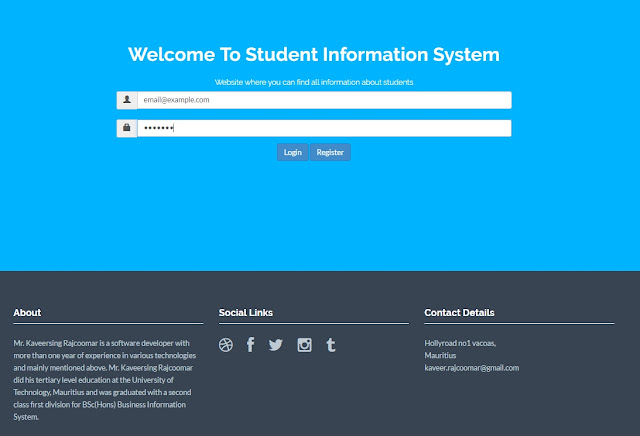Template Syntax in Angular
Template syntax is how Angular binds data and adds logic to your HTML. Let’s break down the essentials: interpolation ({{ }}), and structural directives like *ngIf and *ngFor.
🧩 Interpolation – {{ }}
Interpolation is used to display data from your component class in the template.
✅ Example:
<p>Hello, {{ name }}!</p>
export class AppComponent {
name = 'Angular';
}
🧰 Structural Directives
Structural directives shape or change the structure of the DOM. They start with an asterisk *.
1. 🧾 *ngIf – Conditional Rendering
Renders the element only if the condition is true.
<p *ngIf="isLoggedIn">Welcome back!</p>
<p *ngIf="!isLoggedIn">Please log in.</p>
isLoggedIn = true;
You can also use else:
<div *ngIf="items.length > 0; else noItems">
<p>Items available!</p>
</div>
<ng-template #noItems>
<p>No items found.</p>
</ng-template>
2. 🔁 *ngFor – Looping Over Data
Repeats an element for each item in a list.
<ul>
<li *ngFor="let fruit of fruits">{{ fruit }}</li>
</ul>
fruits = ['Apple', 'Banana', 'Cherry'];
With index:
<li *ngFor="let fruit of fruits; let i = index">
{{ i + 1 }}. {{ fruit }}
</li>
🔄 Combine ngIf and ngFor
Avoid using both on the same element — instead, wrap ngFor inside an ng-container:
<ng-container *ngIf="fruits.length > 0">
<li *ngFor="let fruit of fruits">{{ fruit }}</li>
</ng-container>
🧠 Summary
| Syntax | Purpose |
|---|---|
{{ value }} | Data binding from TS to HTML |
*ngIf | Conditional DOM rendering |
*ngFor | Looping over arrays or lists |



Comments
Post a Comment